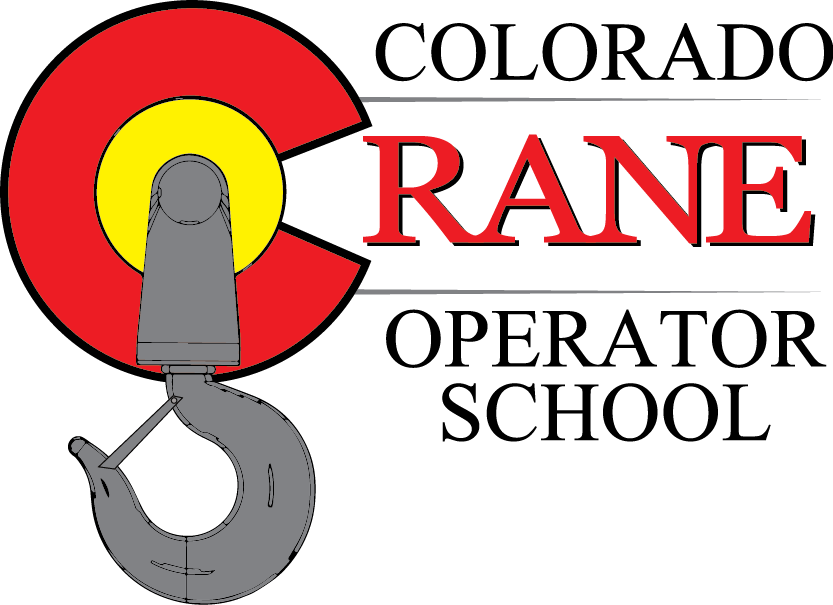Program Overview
Through the combination of classroom and hands on education, this one day employer paid course will give your operators the solid foundation to operate overhead cranes safely and efficiently. Typically, individuals will learn overhead crane training through fellow employees without any documentation of when the training happened yet alone the information discussed in the training. Per OSHA’s training requirements, overhead crane training should be obtained from qualified trainers. This course meets the OSHA training requirement of 1926.1427 and ASME B30.2.
We use interactive conversations and PowerPoint presentations along with handouts to deliver the material to the operators. We focus on three main training segments: classroom theory, written exams and along with a practical skills assessment with your overhead crane.
We also have the ability to tailor the training program to fit your particular operations using different overhead crane types along with different attachments.
Key Training Elements:
- Pre-operation activities
- Crane operator work requirements
- Load handling
- Crane shutdown and security
- Technical knowledge
Course Topics Include but Not Limited To:
- Know where to locate and verify access to main runway disconnect
- Lockout/tag-out condition
- Initial inspection of both visual and audible hazards
- Proper control labeling and conditioning
- Pendent control strain relief requirements
- Warning and capacity labeling requirements
- Know where to check for oil leaks
- Wire rope or chain condition and proper spooling
- Fire extinguisher requirements
- Emergency stop function
- Knowledge of applicable bumper/stop requirements
- ASME B30.2 control layout
- All limit devices and control functions
- Brake testing procedures
- All warning devices
- Load block, hook and latch requirements
- Determine how much the load weighs
- The proper use of below the hook lifting devices
- Proper rigging selection and applications
- How to move crane into correct lifting position to assure true vertical lift of load
- Understand what side pulling or swinging of load during start, stop and travel does to the load/crane
- Identify signal person
- Know ASME B30.2 hand signals
- Communicate lift activity to other workers
- Verify communication devices (i.e. radios) are functioning correctly
- Perform hoist brake check with load
- Verify crane and load path is clear of personnel and obstructions
- Proper timing to activate warning alarm system
- Learn how to operate hoist, bridge and trolley safely
- Verify floor capacity, know how to safely set load down and remove rigging
- Safe shutdown procedures
- Report deficiencies or problems to supervision
- Good understanding of ASME B30.2-Overhead and Gantry Crane (Top Running Bridge, Single or Multiple Girder, Top Running Trolley Hoist)
- ASME B30.20-Below-the-Hook Lifting Devices
- OSHA 1910.179-Overhead and Gantry Cranes
- OSHA 1910.184-Slings
- Other applicable rules, standards and regulations
- crane manufacturer’s operating instructions
- functions and limitations of crane components and attachments
Overhead Crane Operator Workshop Eligibility
Be sure you and your employees are qualified and meet the OSHA regulations. You need to be 18 years of age and complete a written and practical examination. This course is valid for 3 years meeting industry standards.
